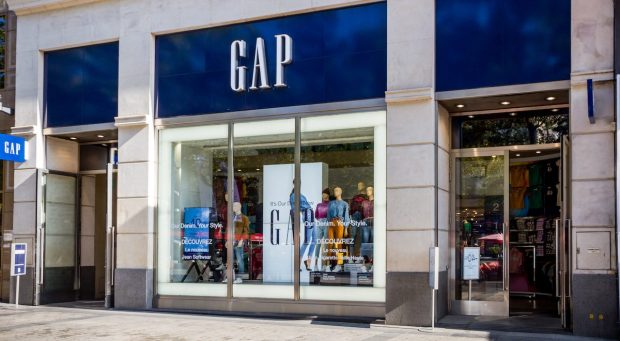
If you read the Y2K piece on PYMNTS late last month, you’d be aware that millennials are facing unique challenges in meeting their financial needs.
Based on research from PYMNTS Intelligence in collaboration with LendingClub, as of September 2023, 62% of millennials in the United States are managing their finances on a paycheck-to-paycheck basis. Additionally, nearly 25% consistently find it difficult to fulfill their financial responsibilities, a figure that has remained steady over the past year, even with a decrease in inflationary pressures.
Nevertheless, the resurgence of Y2K fashion, marked by distinctive logos, vibrant colors, low-rise waistlines, and denim-centric fabrics, offers millennials a potential solution to the dilemma of revamping their wardrobes. PYMNTS highlights that many of the currently popular items can conveniently be rediscovered in the depths of their closets.
From the boldly stitched denim and True Religion jeans to the comeback of the brown UGG boot and the floral paisley print from Vera Bradley, brands and styles from the 1990s and early 2000s have significantly influenced the fashion identity of millennials.
Read more: Can the Y2K Resurgence Reboot Millennial Wallets?
Vera Bradley would like to take advantage of this throwback fashion trend.
Vera Bradley’s floral paisley print accessories brand reported third-quarter net revenues on Wednesday (Dec. 6) of $115 million, down from $124 million in the same quarter of the previous year. Consolidated net revenues for the nine-month period decreased to $337.5 million.
Considering this, the brand is reassessing its existing strategies to establish a more profound connection with its core customers.
“We are working to strategically market our distinctive and unique position as a feminine fashionable brand that connects with consumers on a deep emotional level,” said Jackie Ardrey, Vera Bradley’s President & CEO.
Ardrey mentioned that Vera Bradley is doing well in reconnecting with customers through increased marketing efforts and adopting an omnichannel approach. The brand plans to unveil a new brand vision and marketing strategy in the middle of the next year.
They are also focusing on core product categories, emphasizing innovation, and expanding into travel and back-to-campus essentials. The brand sees a significant opportunity in performance fabrics, especially among a younger, higher-income demographic. The leather collection, launched in September, has been successful, and there are plans for further expansion. Collaborations with popular franchises like Disney, Hello Kitty, Peanuts, and Toy Story are crucial, and the NFL collection introduced in August will cover all teams by fiscal 2025.
On the other hand, Gap, another brand striving for renewed relevance, continues to face challenges despite the positive impact of its Barbie collaboration. The collaboration, while recognized for its contribution, hasn’t been enough to restore profitability, as indicated in the recent earnings report.
However, Richard Dickson, Gap’s recently appointed president and CEO, expresses confidence in the brand’s readiness to compete. According to Dickson, Gap has successfully transitioned to a more lucrative model and optimized its retail footprint by closing numerous stores. Additionally, the brand has embraced a capital-light international franchise model, forming partnerships with both the Chinese and European markets.
Based on the findings from the “New Reality Check: The Paycheck-to-Paycheck Report, The Holiday Shopping Deep Dive Edition,” a research study by PYMNTS Intelligence in partnership with LendingClub, 40% of consumers in the United States anticipate increasing their spending on groceries during the holiday season.
Conversely, in other consumer categories like restaurants, travel, and non-gift retail products, a higher percentage of individuals plan to reduce their spending.
Read more: Holiday Shoppers May Pull Back Spending Despite Strong Black Friday